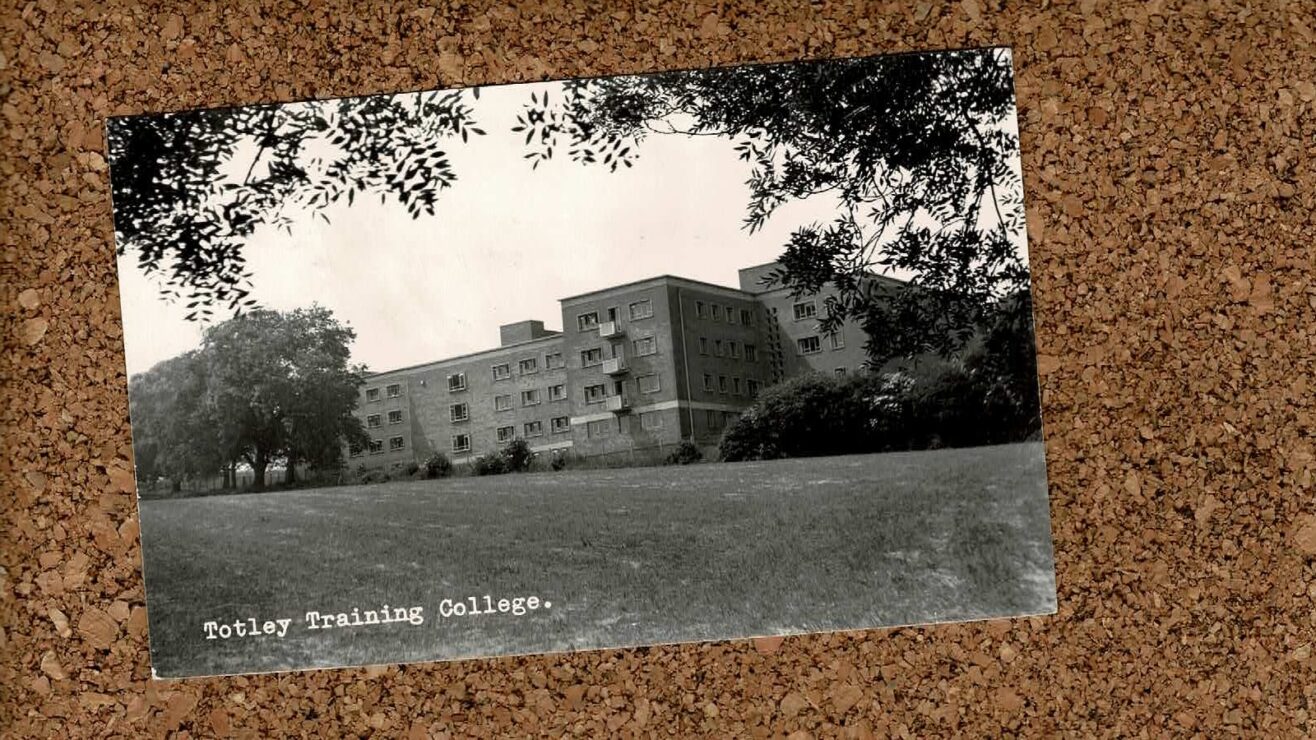78 per cent of respondents to the Wonkhe/Kortext survey of educators said they were confident or very confident that improving organisational or individual digital capabilities (including technology infrastructure and digital literacies) can contribute to wider organisational objectives for student learning and overall student success.
When asked why they had responded how they did, those who were more confident cited benefits such as creating more student-centred learning and co-creation; improving student engagement through interactivity, rich media, and more connectedness; inclusion of a wider range of learners; and the development of skills for future employment and the digital world. Administrative efficiency was also frequently mentioned, offering the potential to free up time for more human-centred interactions.
Universities are thinking in more detail about the student journey in all its dimensions – from application to graduation and beyond, and across the various contact points and services that the university offers. Actively designing this journey so that it is coherent and supported from the students’ side, and streamlined and impactful from the university’s side, typically requires adoption of technology to enable it.
I feel that students are more likely to be successful if they are active and engaged. I think digital resources can help students to remain engaged and also help them to catch back up if they become disengaged. Digital resources can also improve the quality and quantity of feedback, helping students to better understand where they should target for improvement.
Academic pre-92 university
Because students who engage in digital resources and learn the capabilities of digital platforms tend to engage more with the teaching and learning team, with their programme, with their assessments, and with other students. I think this is due to the increasing amount of resource which is available digitally, and the mode by which students communicate.
Learning and teaching professional, specialist institution
Technology and digital capabilities must serve inclusive curricula and student success
Tony Moss, pro vice chancellor education and student experience, London South Bank University
Sometimes I think we’ve lost sight of the goal when we talk about technology. Digital isn’t a strategy in itself. We need to think about what accessible and inclusive curricula look like and if there are requirements for digital infrastructure that fall out of that then we need to implement them. Digital capability has to be about selecting the right tools to achieve a goal – and that goal needs to be very carefully defined so that digital can deliver the right thing.
I worry about the argument that post-Covid students want to be able to access learning more flexibly. If that argument is grounded in the assumption that students can learn for themselves then it looks a lot like abrogation of responsibility for designing a learning environment that students are enabled to engage in. In my experience building in too much flexibility can put perverse incentives in place for students to take the “easy” route to learning – watching lecture recordings, joining seminars remotely – these served us better than nothing in the pandemic, but they don’t in my view add up to an engaging learning experience.
Students aren’t just a collection of demographic characteristics – they are individuals with different needs at different times. We have the will and capability to meet those needs but we can’t predict accurately when students will need a support intervention and deliver that in a joined up way.
Technology is often essential for doing what you want to do at scale – we can’t know our students well enough on a human level to give them tailored advice. Online tools can sometimes be more accessible for students in need of support than in-person encounters. For example, students who need to disclose information on sensitive topics like mental health struggles can sometimes benefit from being able to do that at a distance.
At London South Bank University we have implemented an online personal development planning tool that serves a range of student success goals. At its most basic it prompts students to tell us if they’re having issues – students are asked to complete the tool once a year but they can fill it in any time. There’s a direct link to advice and support via the tool, the ability to book a meeting with a personal tutor, and anyone supporting that student, particularly personal tutors, can see the student’s data.
But it also generates essential qualitative and quantitative information that can inform decisions about where we focus our student support efforts, grounded in questions that are both meaningful to educational success and actionable. For example, we ask about access to technology at home, the length of the student’s commute, and their financial circumstances – which informs the professional teams that deal with those areas.
At an even more macro level it enables us to put large-scale interventions in place and test their impact, such as additional support for employability at level 5, or changes to timetabling in a department. Information that’s useful to management is rarely the same as what a course team or lecturer needs to support an individual student – our tool gives us insight that is genuinely useful to everyone.
We had to take staff on a journey with developing and rolling out the tool. If you can explain to people why you’re doing something in the first place and the tools themselves are well-designed then people will likely want to use them. Things have to work with the grain of academic staff workflow – but academics are not recruited on the basis of digital savvy and that is simple reality. The key was to spend meaningful time with staff to understand where issues are being created for them with the technology.
When we promote the tool to students we say “Get what you need” – which could be anything from employability development, to financial advice, to academic support. We’re never going to be able to organise the full range of our offer to students in a way that makes sense to every student. This way we tackle the barriers of information overwhelm or lack of confidence or, sometimes, language, to articulate a problem, and actually help the student to understand their challenges, and be proactive about seeking help.
Digital practice – inclusion and technology
Keith McLay, Provost (learning and teaching), University of Derby and John Hill, head of digital learning, University of Derby
Inclusive practice is axiomatic to digital practice at the University of Derby. Our Access and Participation Plan commits to eradicate inequity within the university, and in recent years we have seen some positive impacts as our efforts to develop a more inclusive and accessible space for students has resulted in the elimination of degree outcomes differences for disabled students in 2021-22. This demonstrates the effectiveness of interventions focused on addressing the administrative and technical challenges that disabled students face.
Digital learning baselines set the required standards for digital practice across the institution supported by a robust quality assurance process. This assurance process ensures that the expectations of the digital learning baselines are being consistently applied across programmes and that the enhancements to inclusive practice are delivered. It provides a mechanism for immediate interventions to enhance students’ learning experience, informed by a triangulation of data sources: programme leader self-review, learning technologist review, and feedback from students.
The baselines have delivered a significant step forward from a “threshold standards” approach of minimum expectation, toward a culture of both assuring and enhancing at scale and thus developing the confidence in academic colleagues to innovate and level-up the student experience across the portfolio. The assurance process provides a virtuous circle, identifying themes of support for each annual programme of staff development, feeding back into academic practice in the next academic year. Over the last three years, over 200 programmes have been supported in this manner and we won the Optimising Student Experience category in the 2022 Anthology Catalyst Awards.
To ensure digital confidence and capability to deliver to the expectations of the baselines, we have put in place a comprehensive annual academic and digital practice development programme. The university has delivered four annual periods of mandatory staff development related to digital and inclusive practice. The impact of establishing an institutional approach to continuous renewal and improvement in academic practice is evidenced through the high annual compliance levels. The training offer included an “Accessibility & Me” course with over 1,200 successful certified completions. The staff development approach received a Blackboard Catalyst Award for training and professional development.
In 2021, the university commissioned the Digital Accessibility Maturity Model project as a consultative exercise across key university stakeholders to ensure we continued to challenge ourselves to deliver equity throughout our practice. The process was facilitated by AbilityNet, a charity that exists to create a digital world that is accessible to all. The university achieved a Gold rating based on the significant improvements made during the 18-month project. The rating was secured for “game changer” achievements, including mandatory digital training, VLE course level accessibility statements and disabled user engagement in digital projects. The evidence impact on practice has included improved metrics relating to accessibility of learning content and student satisfaction.
This article is published in association with Kortext as part of a suite on the theme of universities deploying technology for learning, teaching, and student success. You can download the full report of the survey findings and leaders’ insight over on Kortext’s website here.















